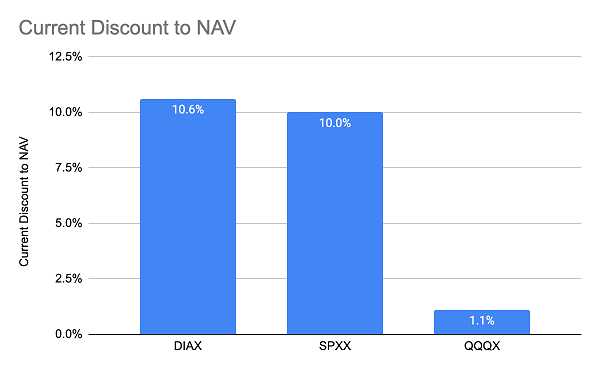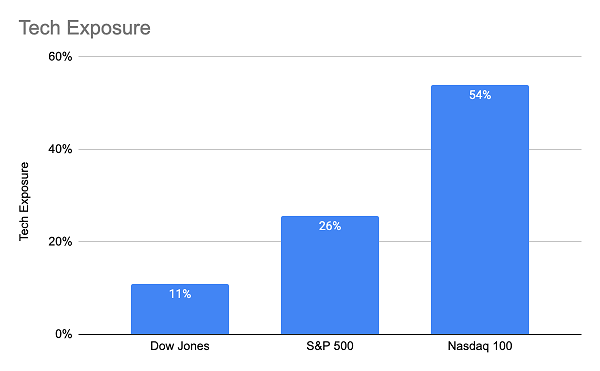Most of us know we need to stay in stocks through this crisis—but some days it’s easier said than done!
Let’s be honest: we could all use a break—a way to hedge against the nasty drops we see when we log into our trading accounts in the morning.
My first suggestion—try not to log into your account every morning! But if you insist on doing so, then my second suggestion is to take a close look at a popular hedging vehicle called a covered-call fund.
Covered-Call Funds: 6%+ Dividend With “Crash Insurance”
Covered-call funds are a kind of closed-end fund (CEF) that holds stocks but gives us an income stream we’d never see from an S&P 500 company—yields of 6% to 10% are the norm among covered-call funds. This both bolsters our dividend income and, if we let this cash accumulate naturally in our portfolios, reduces our volatility, too.
Let’s take just a second to break this down further, then we’ll dive into specific tickers.
A call option is a kind of agreement where one person pays for the right to buy a stock at a fixed price in the future. To do this, these people sign contracts with option sellers. Covered-call funds own stocks, so they’re in a position to sell these kinds of options to investors, generating a nice extra cash stream—and bolstering our dividend payouts—as they do.
There are three major covered-call CEFs on the market, and they hold the stocks in the three major US stock indexes: the Nuveen Dow 30 Dynamic Overwrite Fund (DIAX), which holds stocks in the Dow Jones Industrial Average; the Nuveen S&P 500 Dynamic Overwrite Fund (SPXX); and the Nuveen Nasdaq 100 Dynamic Overwrite Fund (QQQX).
These are all appealing dividend plays at first glance; DIAX’s yield is 8.1%; SPXX yields 7.8%; and QQQX yields 6.9%. But which one should you buy now?
First, let’s look at their pricing.
Two Bargains … or are They?

Source: CEF Insider
As we can see, DIAX and SPXX trade at 10%+ discounts to net asset value (NAV, or what their underlying portfolios are worth), while QQQX looks less appealing with just a 1.1% discount. But the discount isn’t the entire story here. Let’s look at these funds’ total NAV returns—or the performance of the stocks they hold.
QQQX Is Far Ahead

As we can see, QQQX’s NAV return is the breakaway winner. With tech fully recovered from the COVID-19 selloff in March, this is no surprise; and it seems that DIAX and SPXX have kept their discounts because their portfolios haven’t recovered quite as much as tech stocks have.
Part of the reason why is that these latter two funds (which, let’s remember, hold stocks in the Dow and S&P 500, respectively) own fewer tech stocks than QQQX.
Not Much Tech in the Underperforming Indices

Source: CEF Insider, Dow Jones, Standard & Poor’s, Nasdaq
Technically speaking, a bit over half of the Nasdaq 100 is in the tech sector, and many non-tech companies in the Nasdaq are better positioned to outperform in this pandemic-driven market. For one, the Nasdaq has a lot of biopharma companies, such as Alexion Pharmaceutical (ALXN) and Amgen (AMGN), as well as firms that may not benefit as directly from the pandemic, but do have less risk of being seriously hurt by it.
Take, for instance, Visa (V), which is suffering due to the drop in consumer spending but is also benefiting from more e-commerce transactions from people in lockdown. But lockdowns have mostly ended, so is it time to ditch QQQX and go for the other covered-call funds?
In a word, no.
With total coronavirus cases in the US surpassing 2.5 million, and daily new cases reaching a new record last week, there is more anticipation of another lockdown. That won’t necessarily mean we’ll have selloff after selloff, as we did for days on end in March, but it does mean the market will likely gravitate toward tech stocks as a safe harbor.
Having seen what happened with the last lockdown, there will be a lot of capital flowing into the stocks that worked best last time (such as those in the Nasdaq) and out of stocks that collapsed (such as materials, industrials and commodity producers, including many of the big Dow Jones companies). This means QQQX’s outperformance looks set to continue.
Plus, QQQX’s 6.9% dividend means you can buy into the tech sector and get an income stream while you wait out the coronavirus crisis. That big payout will entice a lot of income-hungry investors in a low-interest-rate environment, driving the fund’s price up further.
Ignore These 9.4% Payouts Now—and Miss Out on Massive Gains!
I’ve pinpointed 4 spurned CEFs that yield FAR more than the three covered-call funds I just showed you. These 4 dynamic income plays are still trading at incredible discounts, despite the market rebound, so we’ve got plenty of “baked in” upside here.
Plus they yield a lot more, too: an incredible 9.4%, on average, so you’re getting a stable income stream to both pay your bills and naturally reduce your volatility as this crisis drags on.
These 4 rock-solid CEFs really do give us the best of all investment worlds!
But these 4 deals won’t last, especially as more income-starved investors discover their incredible payouts, so we need to act now.

Recent Comments